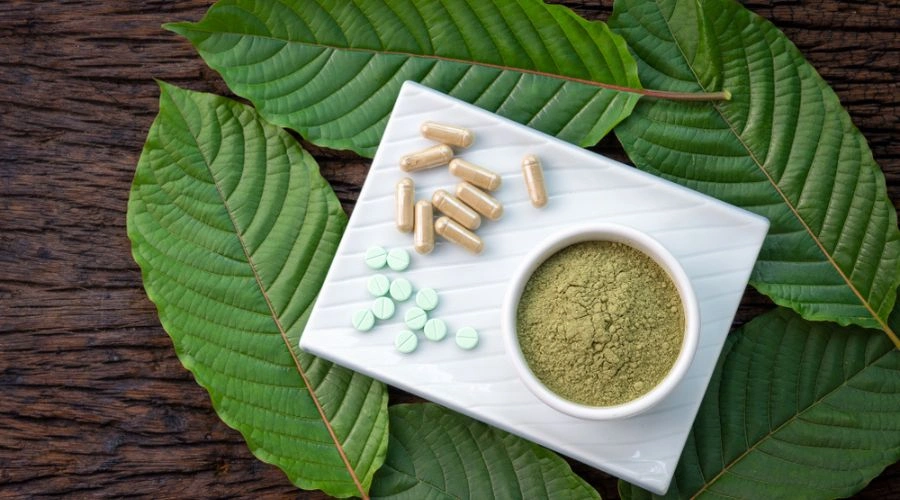Understanding The Kratom Withdrawal Timeline
If you or a loved one struggles with kratom addiction, a common question you might have, especially in terms of standard drug tests at work. How long does Kratom stay in your system? While we can give you some general guidelines, the truth is that how quickly Kratom leaves the body is similar to any drug or controlled substance. Several factors come into play.
Kratom is an herbal substance, which means it escapes the oversight apparatus of both the Drug Enforcement Administration and the Food and Drug Administration. Because it falls into a gap, people pick it up at vape shops or convenience stores without an awareness of its potency.
Ingrained Recovery is in central Georgia, where state legislation has put up minimal guardrails. But we also treat clients from other states, where none exist. Laws between states are somewhat of a patchwork, with some states having no rules about this natural drug at all.
If you believe you may be subject to a drug test and don’t want Kratom detected, we encourage you to continue to read on. You’ll discover information on the most frequent drug test methods to detect Kratom and how Kratom dependence can turn into Kratom abuse.
Get Effective Detox and Rehab Options
Find Help At Ingrained Recovery
Kratom Half-Life Answers: How Long Does Kratom Stay in Your System?
Mitagynine, the active compound in Kratom, has an estimated half-life of 3.5 to 9.5 hours, with the opioid like effects wearing off pretty quickly… However, that is not a complete answer to the question of how long does Kratom stay in your system?
Kratom may remain detectable for much longer than that, ranging from a day to several days. Highly concentrated versions of the drug, such as 7 oH kratom, can also build up in the body and remain detectable for 3-4 days or more for heavy users.
Factors That Influence How Long Kratom Stays Detectable
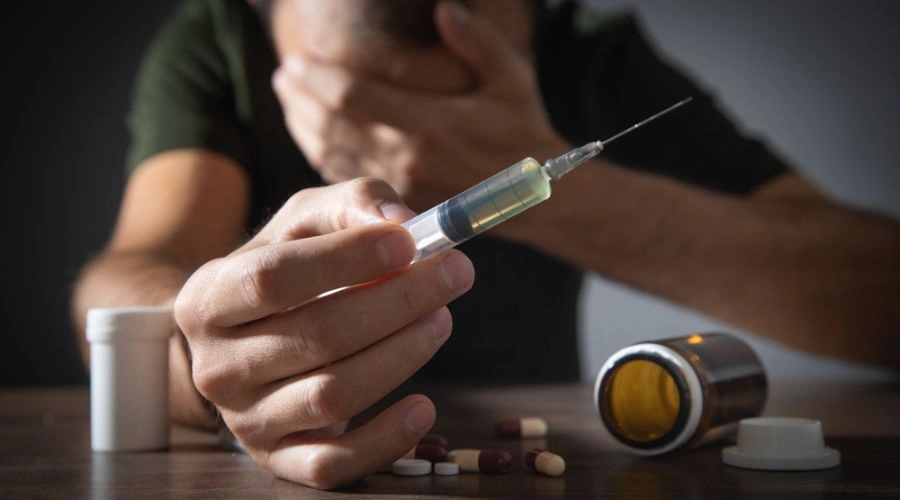
How quickly Kratom metabolites leave your system depends on various factors:
- Drug Interactions: Certain medications you take can change how long Kratom stays in the system. Other drugs, whether prescription or illicit, could slow its breakdown and extend the time before Kratom leaves the body.
- Higher Body Fat Ratio/ or Larger Weight: Kratom alkaloids are fat soluble. That means people with a higher body fat percentage or a larger body weight may store Kratom in the fat tissue, temporarily delaying how long it takes a person’s metabolism to eliminate it.
- Kratom on an Empty Stomach: When someone takes Kratom on an empty stomach, the body may absorb it faster, meaning a variance in the half-life of Kratom is possible.
- Liver Function: A sluggish or impaired liver may slow down how quickly you metabolize and eliminate Kratom. It remains detectable for longer in an unhealthy liver.
- Larger Doses vs. Small Kratom Doses: Lower doses take less time for the body to process; higher doses are the opposite and take longer to clear the body.
- A Person’s Metabolic Rate: Some people have naturally more active, efficient metabolic rates—they clear substances from the body faster than a person with a slower metabolism.
Each person’s system is unique. While the Kratom half-life may be a short 6-hour window, the differences we shared can change that time frame.
How is Kratom Metabolized?
The liver metabolizes liver. That’s where Kratom alkaloids, called mitragynine and 7-hydroxymitragine. The compounds are then excreted naturally by urination. However, the elimination half-life can vary widely, as mentioned earlier.
Kratom is a Southeast Asia Native Species
Kratom comes from the tropical shores of Southeast Asia, primarily in Thailand, Indonesia, and Malaysia. Natives there have harvested the leaves of the Mitragyna speciosa tree for centuries.
There, residents have traditionally chewed on or made tea from Mitragyna speciosa leaves for medicinal purposes. They used them in Asia for pain relief in small doses and for the tree’s stimulating effects that give a burst of energy high doses.
How Is Kratom Detected by Different Drug Tests?
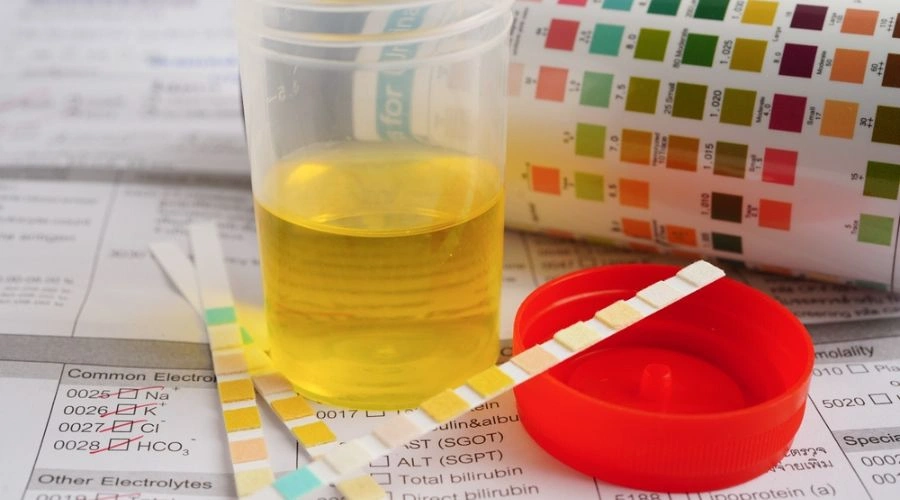
Kratom is not a component of most standard drug tests. However, it can be detected using specialized tests to measure mitragynine levels. As employers, law enforcement agencies, and others become more aware of its opioid-like effects, they are starting to request these blood tests more routinely.
Urine Tests for Kratom Use
Collecting a urine sample is the most common way of testing for Kratom. A urine test can identify mitragynine within a drug detection window of 1 day to just over a week (around 7 – 8 days) after the last dose, depending on the individual factors discussed before.
Blood Tests to Detect Kratom’s Effects
Drawing a blood sample for a Kratom drug test can reveal the presence of Kratom within the first 24 hours after ingestion. Because of its very short window, it’s not an accurate indicator of how long Kratom may stay in your system. Most employers don’t use this method for that reason. Nor does the invasive nature of this drug test appeal to them.
Hair Tests for Kratom
Hair follicle tests show how long Kratom or another drug stays in a person’s system for the longest time. Kratom shows up in hair tests for as long as 1 to 3 months, depending primarily on hair growth rates. For someone with fast hair growth, Kratom may only be detected for a month. But for someone who grows hair slowly, traces of Kratom metabolites may be present for 90 days. This drug test is usually reserved for legal and forensic settings, not for most employee drug testing.
Saliva Tests Can Detect Kratom
Saliva tests are another measure of how long Kratom stays in a person’s system and are relatively non-invasive, making them an employer-favorite test. The detection window is short, with a detection window of 1 – 2 days. It’s also a common test investigators might administer after an accident.
The Cycle of Drug Addiction Applies to Kratom
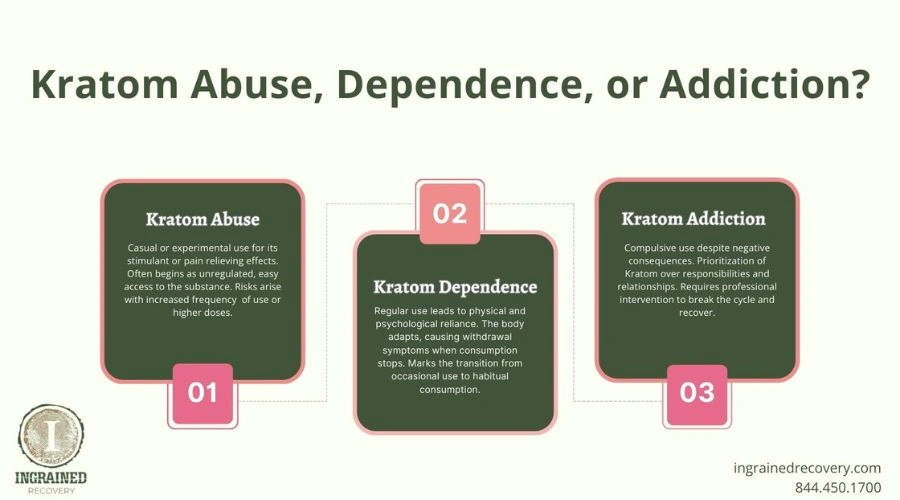
Kratom addiction occurs following the same pathways that most other drug addictions can start.
Kratom acts on the opioid receptors in the brain. It can produce effects that range from stimulation at lower doses to a mild sedative or pain reliever with higher doses. It mimics opioid substances and can be just as addictive as an illicit drug.
In case you’re a loved one just learning more about a family member’s physical dependence on Kratom or drugs, you’ll find this overview helpful:
Kratom Abuse or Recreational Use
As with other drug use, Kratom abuse often starts with experimentation or recreational use of a drug or self-medication. It becomes Kratom abuse when usage escalates into starting to become physically dependent on a drug. The lines between recreational use versus abuse of Kratom and other substances can become blurry without the person using it even noticing it.
Get Accredited Treatment at Ingrained
Find Help At Ingrained Recovery
Kratom Dependence
Kratom dependence can develop when the person’s body starts to adapt to regular Kratom consumption. This situation causes the central nervous system to signal distress, leading to withdrawal symptoms when it doesn’t receive its expected dose.
The physical dependence can lead to both cravings and psychological reliance on Kratom. Still, the Kratom user can still manage to make it through each day with friends and loved ones mostly unaware of the scope of the Kratom use.
Overview of Kratom Withdrawal Symptoms
Withdrawal symptoms can be mild for some people and moderate to severe in others. Here are some of the expected symptoms of Kratom cessation:
- Muscle aches or cramps
- Nausea, vomiting, diarrhea, stomach aches
- Sweating
- Hot flashes
- Runny nose
- Watery eyes
- Insomina
- Blurry vision
- Dilated pupils
- Fever
- Diminished appetite
- Anxiety
- Snappy or irritable behaviors
- Depression
Not all of these uncomfortable symptoms will happen to every person. Many people, especially those who use a lower dose or haven’t used Kratom for a long time, experience fewer symptoms for a shorter duration.
It’s also helpful to know that a professional recovery setting, staffed with addiction treatment professionals, can provide treatment options that manage the withdrawal process with less discomfort.
Kratom Dependence is a Treatable Condition
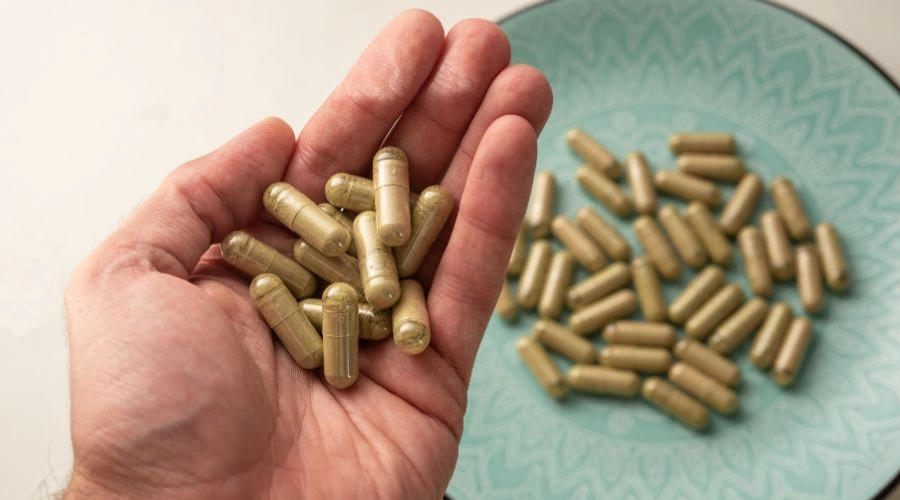
Kratom addiction goes beyond general physical dependence and daily use. Instead, it negatively impacts the person’s daily life and becomes the center of their world. They may find themselves in damaged relationships, experiencing a downgrade in mental health, or facing financial difficulties.
Despite those outcomes, they continue to prioritize Kratom use and refuse to consider treatment options.
Still, you should try to approach them to discuss recovery. Be empathetic and non-judgmental. Focus on understanding their perspective and don’t make accusations about why they use Kratom – they’ll work on that with a counselor. Your role is to stay supportive and encourage them to get the professional care they need.
Up To 100% of Rehab Covered By Insurance
Find Help At Ingrained Recovery
Get Professional Help for Kratom or Opioid Drugs at Ingrained
If you have been searching the term “How long does kratom stay in your system?” you are probably struggling with Kratom use. Or, you might be a dear friend or family member of someone who struggles. Either way, you excellent treatment options are available at Ingrained Recovery.
We offer our services at a luxurious rehab ranch on 50 scenic acres. Not only do we have a stable of horses for equine therapy and a meticulous landscape, but we also have beautiful indoor spaces.
Our treatment center accepts self-pay clients and works with the best-known health insurance plans. You can call our admissions staff, and they will be glad to work out the details of your coverage with your insurer and get back to you with your pre-approvals and low out-of-pocket costs.
Instead of wondering how long Kratom could stay in your system, it’s time to get it out of your system once and for all. Call us confidentially today for immediate assistance.

